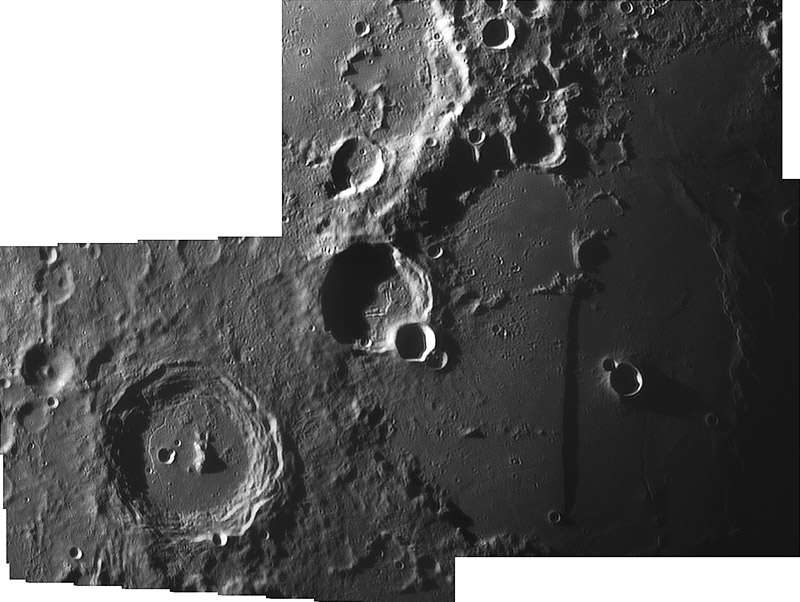Difference between revisions of "November 11, 2014"
| Line 3: | Line 3: | ||
<!-- ws:start:WikiTextHeadingRule:0:<h1> --> | <!-- ws:start:WikiTextHeadingRule:0:<h1> --> | ||
<!-- ws:start:WikiTextLocalImageRule:6:<img src="/file/view/LPOD-Nov11-14.jpg/530440242/LPOD-Nov11-14.jpg" alt="" title="" /> -->[[File:LPOD-Nov11-14.jpg|LPOD-Nov11-14.jpg]]<!-- ws:end:WikiTextLocalImageRule:6 --><br /> | <!-- ws:start:WikiTextLocalImageRule:6:<img src="/file/view/LPOD-Nov11-14.jpg/530440242/LPOD-Nov11-14.jpg" alt="" title="" /> -->[[File:LPOD-Nov11-14.jpg|LPOD-Nov11-14.jpg]]<!-- ws:end:WikiTextLocalImageRule:6 --><br /> | ||
| − | <em>south up image by [mailto:maximoeselmasguapo@hotmail.com | + | <em>south up image by [mailto:maximoeselmasguapo@hotmail.com Jose Cabello], España</em><br /> |
<br /> | <br /> | ||
| − | Jose comments that his tonally beautiful image includes what is known as <em>the sword in the Moon</em> in Spain, and it has been widely called <em>the sword</em> in British selenography too. The Straight Wall is the blade and the curved mountain at the top is the grip, with the perpendicular range of hills being the cross guard. The grip is largely the eastern portion of a roughly 20 km wide crater whose remaining sides are missing, probably down-faulted out of sight along with the terrain on the western side of the Wall. If so, the Straight Wall fault is longer than the blade. Much of the cross guard is part of the rim of [http://bit.ly/1qBunIc | + | Jose comments that his tonally beautiful image includes what is known as <em>the sword in the Moon</em> in Spain, and it has been widely called <em>the sword</em> in British selenography too. The Straight Wall is the blade and the curved mountain at the top is the grip, with the perpendicular range of hills being the cross guard. The grip is largely the eastern portion of a roughly 20 km wide crater whose remaining sides are missing, probably down-faulted out of sight along with the terrain on the western side of the Wall. If so, the Straight Wall fault is longer than the blade. Much of the cross guard is part of the rim of [http://bit.ly/1qBunIc Thebit P], a 77 km wide ruin of a crater nestled into the southeast corner of [http://lpod.wikispaces.com/November+18%2C+2010 Ancient Thebit]. <br /> |
<br /> | <br /> | ||
| − | <em>[mailto:tychocrater@yahoo.com | + | <em>[mailto:tychocrater@yahoo.com Chuck Wood]</em><br /> |
<br /> | <br /> | ||
<strong>Technical Details</strong><br /> | <strong>Technical Details</strong><br /> | ||
Revision as of 18:19, 11 January 2015
En Garde

south up image by Jose Cabello, España
Jose comments that his tonally beautiful image includes what is known as the sword in the Moon in Spain, and it has been widely called the sword in British selenography too. The Straight Wall is the blade and the curved mountain at the top is the grip, with the perpendicular range of hills being the cross guard. The grip is largely the eastern portion of a roughly 20 km wide crater whose remaining sides are missing, probably down-faulted out of sight along with the terrain on the western side of the Wall. If so, the Straight Wall fault is longer than the blade. Much of the cross guard is part of the rim of Thebit P, a 77 km wide ruin of a crater nestled into the southeast corner of Ancient Thebit.
Chuck Wood
Technical Details
2014/OCT/31. C11, QHY5L-II, Barlow 2X, IR-Pass 685nm
Related Links
21st Century Atlas chart 16.



